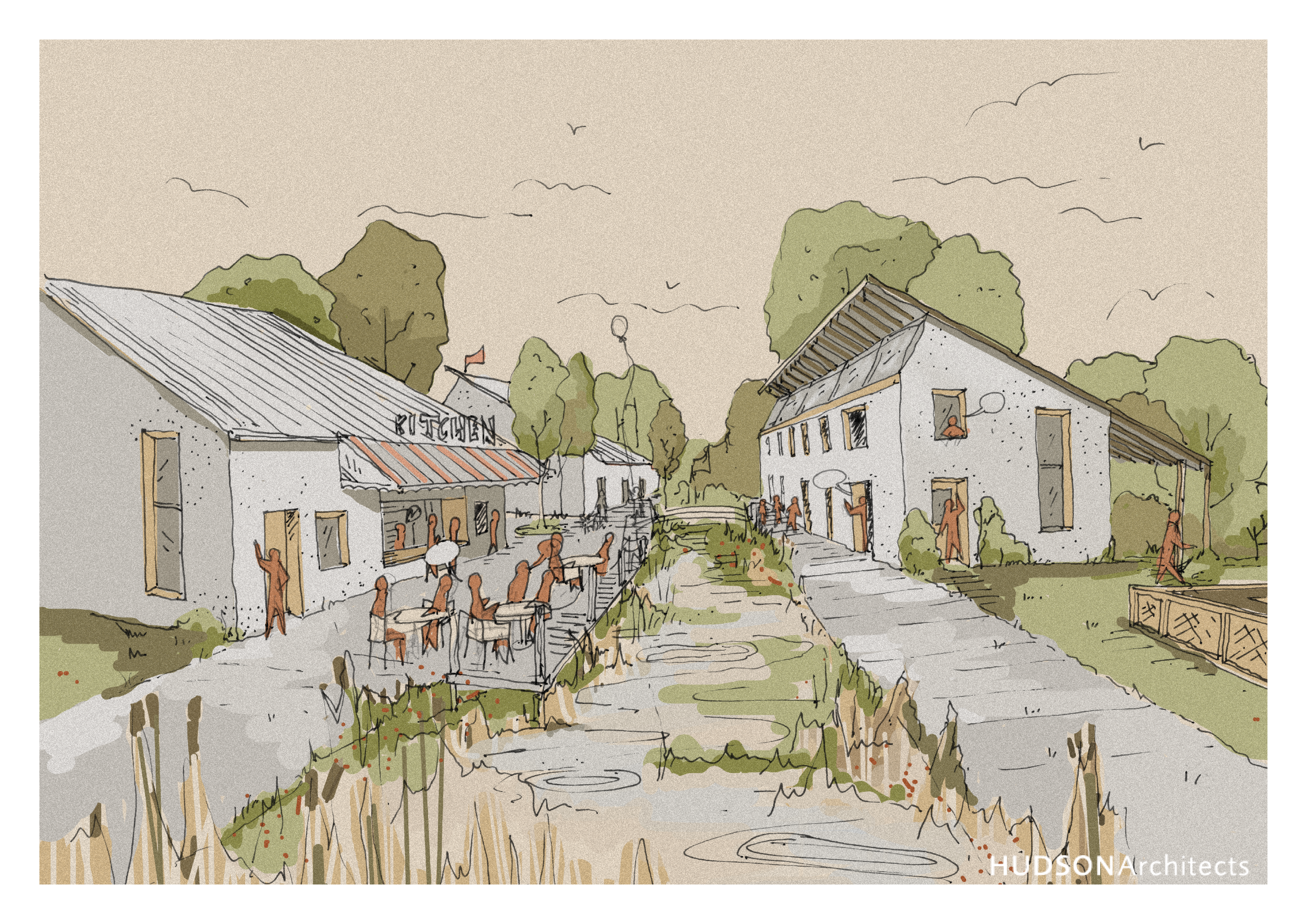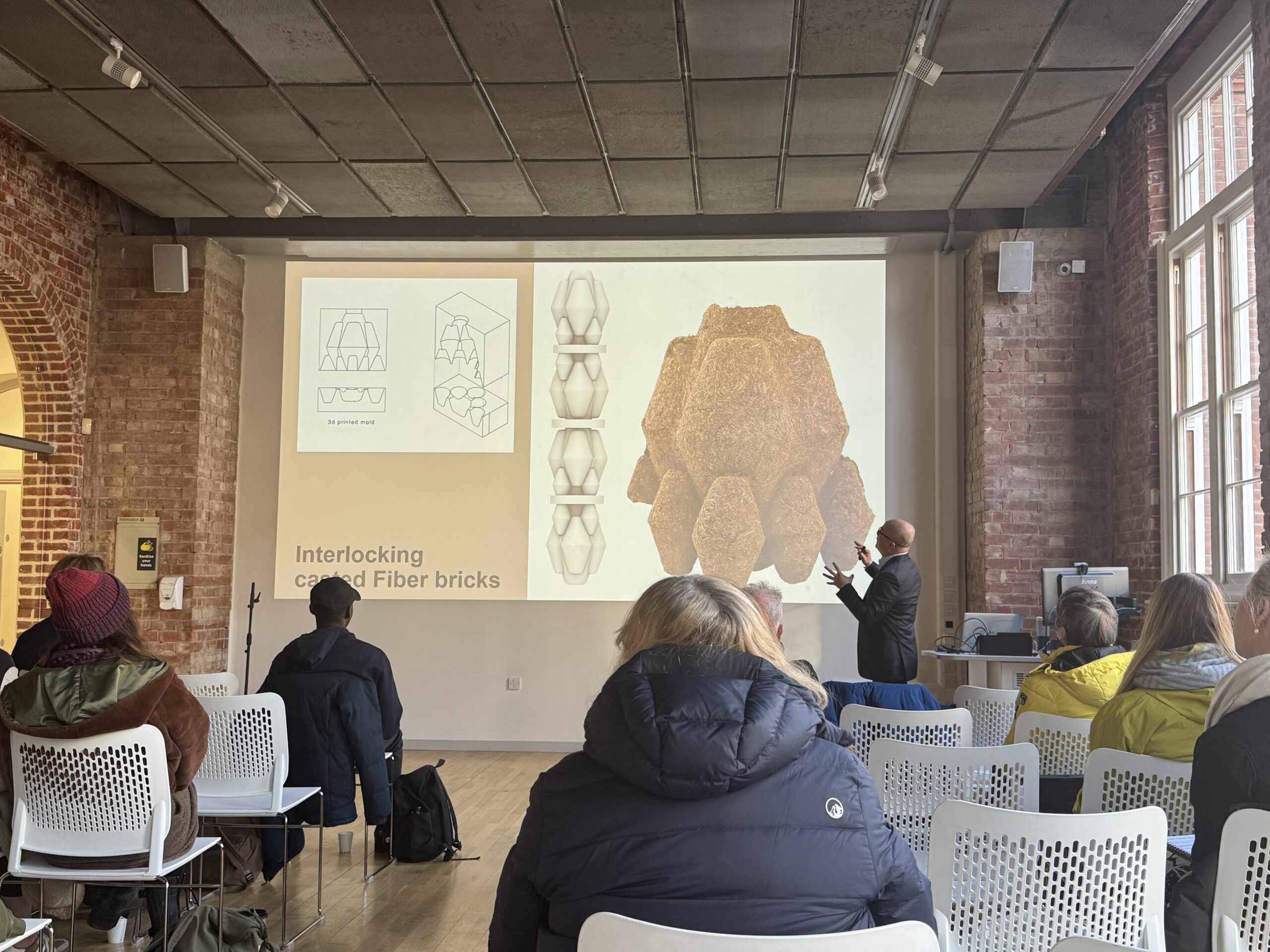
This week marks the launch of the The Norfolk Chamber of Commerce’s Business Climate Leaders programme. As we discussed in a previous blog we are working with The Chamber and have signed up to the government’s SME Climate Commitment. We have agreed to halve our greenhouse gas emissions before 2030 and then achieve net zero emissions before 2050.
The first step on this journey is of course to calculate our practice emissions, including the office’s energy use (referred to as Scope 2 emissions), and our commuting and business related travel (known as Scope 3 emissions).
Scope 2: Energy Use – 12.7 Tonnes of CO2
The practice currently uses 35800 kWh of electricity a year. This would equate to 13.64 tonnes of CO2 per year. However, we recently made the switch to a green energy supplier, who supply energy from 100% renewables (e.g. wind/solar/hydro rather than fossil fuels). So the last few months energy use (2463 kWh) contributed 0 tonnes.
Our actual annual office emissions was therefore 12.7 tonnes of CO2.
There are several energy companies who specialise in non-fossil fuel energy, and we’d recommend investigating some if you are looking to reduce your own carbon footprint.
Scope 3: Travel – 11.1 Tonnes of CO2
We’ve calculated that our commutes to work total about 55470 miles a year, and another 12525 miles travelling to construction sites and meetings.
The most relatable way to understand this might be to imagine how far a single employee – Mrs Average travels each week –
Mrs Average commutes, per week:
25 miles by car
8 miles by electric car
4 miles by bus
8 miles by train
9 miles by bike
and 2 miles on foot
And travels to meetings/site, per week:
6 miles by car
3 miles by electric car
2 miles by hybrid car
4 miles by train
Less than 1 mile by bike
and less than 1 mile on foot
In terms of total annual emissions this is:
8.4 tonnes of CO2 on commuting
1.7 tonnes of CO2 on business travel
and 1.0 tonnes of biogenic CO2 (essentially the CO2 from electric vehicles)
Totalling 11.1 Tonnes of CO2 on transport
So, Hudson Architects’ total annual Scope 2 and 3 emissions is
23.8 tonnes of CO2
That’s approx. 1.25 tonnes of CO2 per employee
We don’t think this is too bad, but there are definitely opportunities to improve. We’ve been asking ourselves – how can we reduce our travel miles? What incentives can we offer our employees?
We’re also looking into ways to reduce our energy use in the office. There are easy things like making sure we always turn off lights and computers when not in use, and asking employees to bring extra layers so we don’t have to have the radiators on as high. But we are also looking in more detail at how and when we are using the most energy – so we can investigate the most efficient ways to upgrade our office building, and possible ways to generate some of our own energy.
Many employees live very close by and walk to our city centre office every day. Inevitably there are some of us who live farther away and need to travel by vehicle. We take public transport whenever we can, some already drive electric or hybrid cars; and we’re part of the Norfolk Car Club which has a fleet of electric vehicles. We’re always encouraging our staff to reduce unnecessary journeys – and an effect of the covid pandemic has been an upgrade in our IT systems and servers that means some work can be done from home, and we have a flexible working policy to enable employees to do just that. Even so, we need to do more to meet our Climate Commitment goals and are working on installing showers and changing facilities at the office to encourage more cycling – combined with joining cycle to work schemes for both pedal and electric bikes – to reduce our vehicle miles even further.


